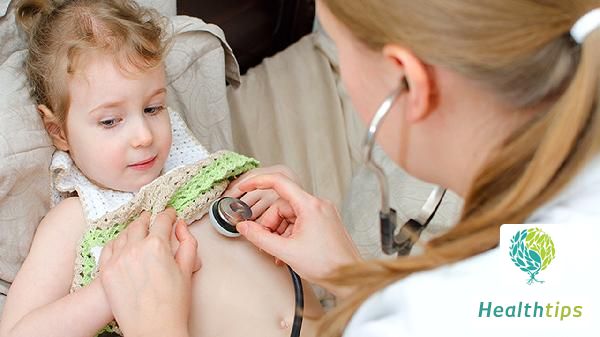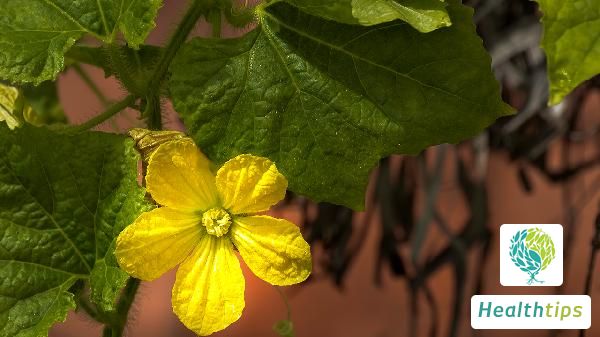"How to Deal with Excessive Foot Sweat?"
Tips on Managing Excessive Foot Sweat and Caring for Feet
Everyone's physical constitution is different. In daily life, we may observe that some individuals tend to sweat excessively from their feet, especially during the summer months. Excessive foot sweat can often emit an unpleasant odor, causing significant discomfort. To alleviate this issue, placing desiccants inside shoes can be helpful, and it is also important to clean the feet daily.

How to Manage Excessive Foot Sweat
1. Situation One: For young individuals who experience excessive foot sweat, it is generally not a major concern. The most significant issue is the unpleasant odor that may arise due to the sweat. Regularly washing the feet can effectively address this issue. If the odor is particularly unbearable, placing desiccants inside the shoe insoles can provide relief.
2. Situation Two: Medically speaking, excessive foot sweat is often attributed to the excitation of the sympathetic nervous system. This excitation leads to increased sweating in the feet and hands, with younger individuals tending to experience it more frequently. As individuals age, the excitability of the sympathetic nervous system gradually decreases, resulting in reduced sweating in the feet and hands.
3. Situation Three: In older adults, excessive foot and hand sweating is generally uncommon. For young individuals who still find excessive sweating bothersome, there are treatment options available. One such method involves burning or severing the sympathetic nerves to suppress their excitability.
How to Care for Feet
1. Soaking Feet: When soaking feet, ensure that the water level does not exceed the toes, and maintain a temperature of approximately 50°C. After soaking for 10 minutes, gradually add more water to cover the ankle joints, maintaining a temperature above 60°C. While soaking, gently rub or move the feet continuously. Continue soaking until the body starts to sweat slightly. Alternating between hot and cold water can also aid in relieving insomnia, headaches, angina, and ankle sprains.
2. Foot Massage: Regularly massaging the feet can help regulate the function of local organs, cells, and tissues, achieving a balanced state of yin and yang. Start by massaging the entire foot and then focus on specific areas. For example, individuals with acne on their faces should focus on massaging the outer sides of their feet, while those with chloasma should focus on massaging the pituitary and adrenal reflex zones on the right foot. For individuals with eczema, it is recommended to focus on massaging the dorsum of the foot.
Assessing Health through the Feet
1. Temperature of the Feet: If elderly individuals constantly have cold feet, it may indicate inadequate warmth or insufficient kidney yang. Such individuals should consume warming foods like ginger, garlic, or lamb to improve their cold tolerance. On the other hand, warmth in the center of the foot may indicate yin deficiency and internal heat. In such cases, it is advisable to consume cooling and moistening foods like green beans, winter melon, or lean meat, while avoiding warming and drying foods like leek, lamb, or chili.
2. Color of the Foot Sole: According to traditional Chinese medicine, the normal color of the foot sole should be slightly reddish. A pronounced redness may indicate heat in the body, while a bluish hue suggests coldness. Abnormal yellowing may indicate liver or gallbladder disease, while paleness could indicate anemia, coldness, or malnutrition. Dark or purple patches may indicate poor circulation and require medical attention.
3. Toenails: Under normal conditions, toenails should appear pinkish, with the white half-moon occupying approximately 20% of the nail's length. Pale nails may indicate anemia or malnutrition, necessitating increased nutritional intake and ensuring adequate caloric intake. Vertical stripes on the nails may suggest a weak constitution and poor resistance, emphasizing the importance of regular exercise and avoiding prolonged sitting or standing.



















